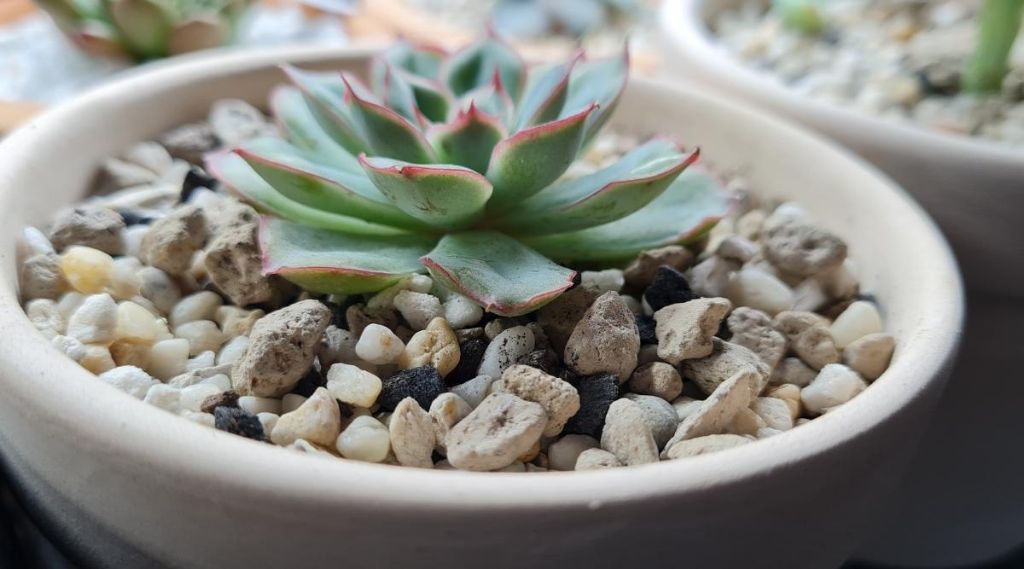There are a few key reasons why glass containers are not ideal for growing succulents long term:
Page Contents
Poor drainage
One of the biggest issues with glass containers is that they lack drainage holes. Succulents need soil that drains quickly to prevent their roots from sitting in water, which can lead to root rot. Without drainage holes, any excess water has nowhere to go and will pool at the bottom of the pot.
You can try to combat this by using a very gritty soil mix and only watering sparingly. However, it’s very difficult to perfectly balance the moisture level in a glass container over a long period of time.
Limited air circulation
Glass containers also limit the airflow around the succulent’s roots and lower stem. Good air circulation is important to prevent rot and allow the soil to dry out faster between waterings.
The narrow neck and solid sides of most glass containers restrict air flow. This is less of an issue for very dry growing succulents, but high humidity-loving varieties may struggle in enclosed glass over time.
Temperature fluctuations
Glass is an excellent heat conductor, which means the interior temperature can swing wildly in glass containers. When placed in direct sun, the soil and roots can overheat. At night or during the winter, the inside of the container can get chilled.
These big temperature shifts are stressful for succulents. They prefer consistent warmth, ideally between 70-80°F. Too much heat or cold can hinder growth over time and even damage the plant.
Limited root space
Succulents are small plants initially, but most varieties will outgrow a glass container surprisingly fast. They soon become rootbound as their root system has nowhere to expand.
Restricted roots struggle to take up enough moisture and nutrients. Without repotting into a larger container, the succulent will stop thriving and decline.
Weight issues
All that soil and a mature succulent plant can make glass containers surprisingly heavy. The weight increases the chance the container may crack or shatter if knocked over.
The weight also makes the glass planters difficult to move around and reposition as needed. Succulents prefer to be rotated to face the sun now and then.
Lack of stability
The combination of smooth glass sides and a narrow base can cause top-heavy glass containers to tip over easily. Just a bit of jostling can knock over an unsecured glass planter.
Spilling soil everywhere creates a big mess to clean up. More concerning is that falling glass can crack, break, or cause injury.
Conclusion
While glass containers may look pretty for succulents, they create less than ideal growing conditions long term. Issues like poor drainage, limited airflow, unstable weight, and confined roots make glass planters problematic.
For the healthiest succulents that will thrive for years, choose containers with drainage holes made of porous materials like terra cotta or wood. Go for wide, sturdy shapes that offer room for root growth.
